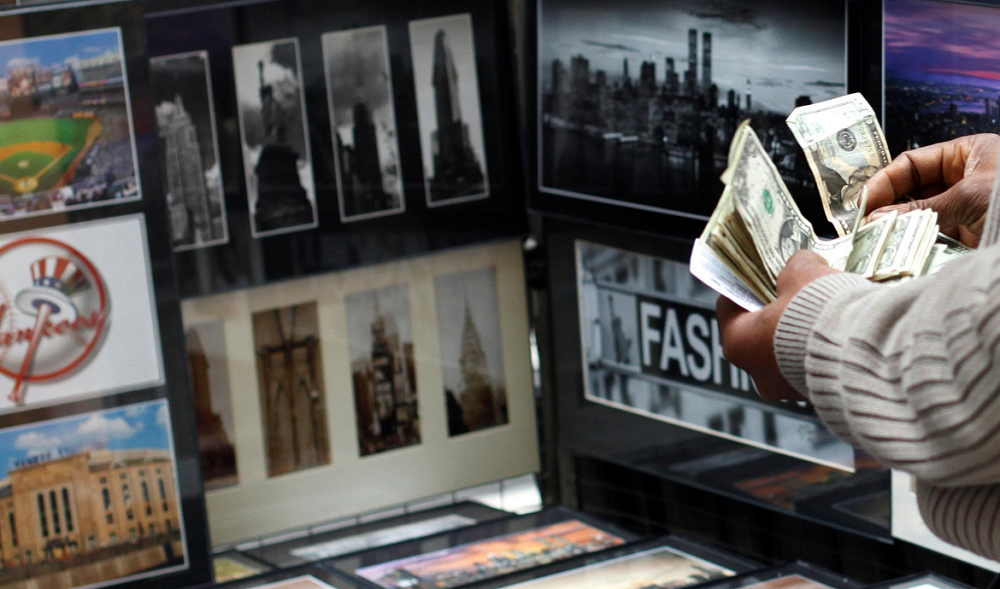U.S. consumer spending slows in January; income surges
February 28, 2020 @ 17:55 +03:00
U.S. consumer spending rose less than expected in January, a loss of momentum that could be exacerbated by the rapidly spreading coronavirus, which has triggered a sharp stock market sell-off and revived fears of a recession.
Other data on Friday showed the goods trade deficit contracted sharply in January, with both imports and exports declining. While the narrowing goods trade deficit could be a boost to the calculation of gross domestic product, a lot depends on how the coronavirus unfolds in the United States.
The Commerce Department said consumer spending, which accounts for more than two-thirds of U.S. economic activity, increased 0.2% last month as unseasonably mild weather reduced demand for heating and undercut sales at clothing stores.
Data for December was revised higher to show consumer spending rising 0.4%, instead of the previously reported 0.3% increase. Economists polled by Reuters had forecast consumer spending gaining 0.3% in January.
With consumer spending tepid, inflation remained benign. Consumer prices as measured by the personal consumption expenditures (PCE) price index edged up 0.1% in January. The PCE price index was held back by a 0.7% drop in the cost of energy goods and services, offsetting a 0.3% gain in food prices.
The PCE price index increased 0.3% in December. In the 12 months through January, the PCE price index accelerated 1.7%. That was the biggest gain since December 2018 and reflected the drop of 2019’s low readings from the calculation. The PCE price index advanced 1.5% year-on-year in December.
Excluding the volatile food and energy components, the PCE price index ticked up 0.1% in January after rising 0.2% in December. That lifted the annual increase in the so-called core PCE price index to 1.6% in January from 1.5% in December.
The core PCE index is the Fed’s preferred inflation measure. It missed the central bank’s 2% target every month in 2019.
When adjusted for inflation, consumer spending nudged up 0.1% in January after rising by the same margin in the prior month. That suggests consumer spending got off to a slow start in the first quarter after cooling considerably in the final three months of 2019.
The government reported on Thursday that consumer spending increased at a 1.7% annualized rate in the fourth quarter, stepping back from the July-September quarter’s brisk 3.2% pace. The economy grew at a 2.1% rate in the fourth quarter, matching the third quarter’s pace.
Wages rose 0.5% in January after gaining 0.1% in the prior month. With income growth outpacing consumer spending, savings raced to $1.33 trillion last month, the highest since March 2019, from $1.26 trillion in December.
U.S. consumer spending slows in January; income surges, Reuters, Feb 28







